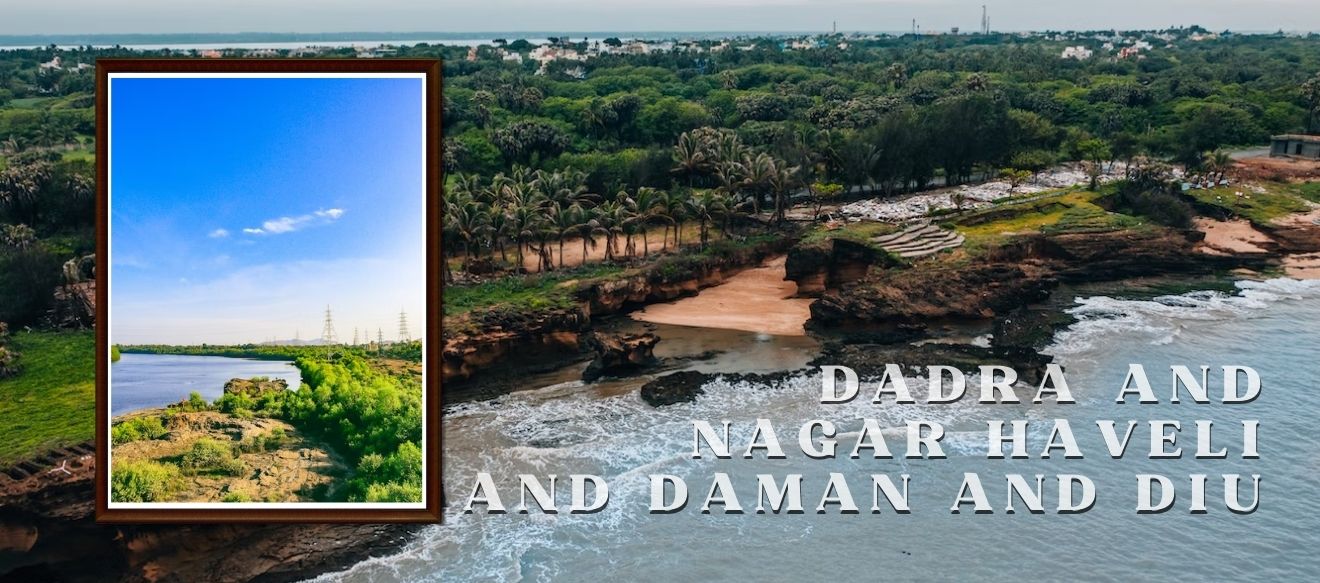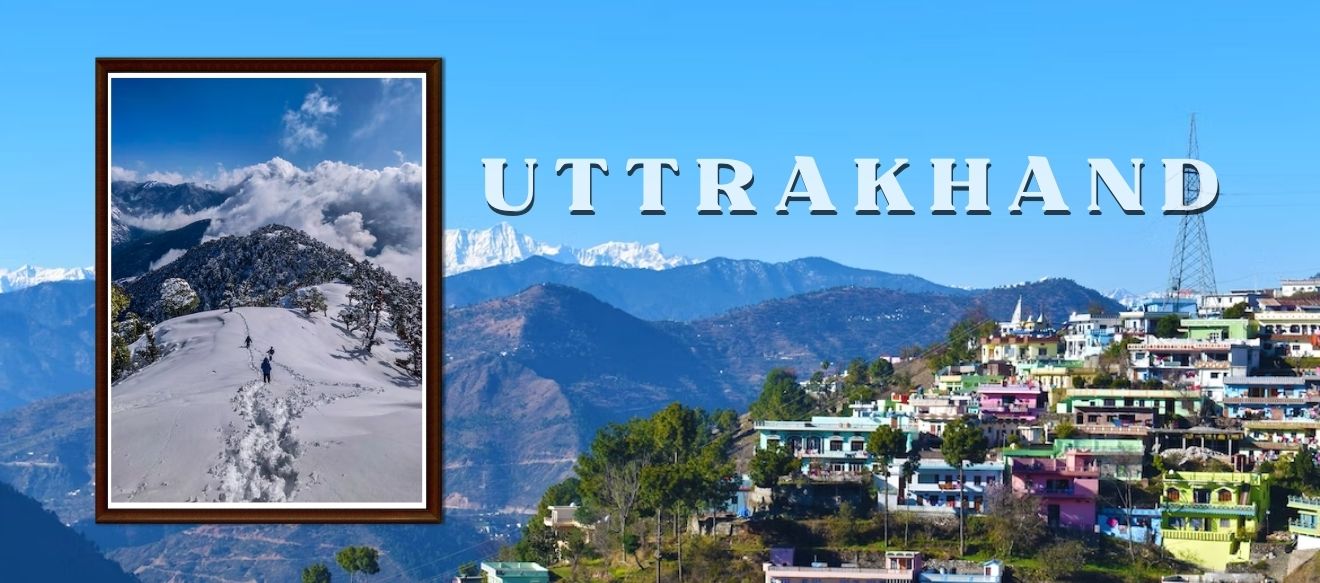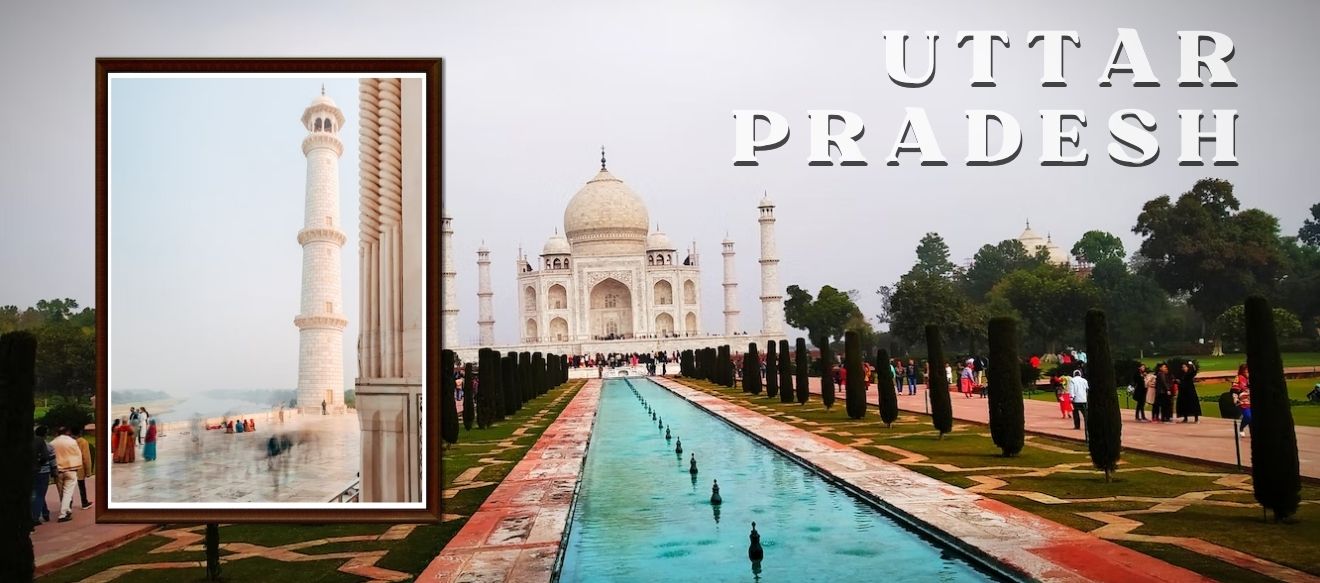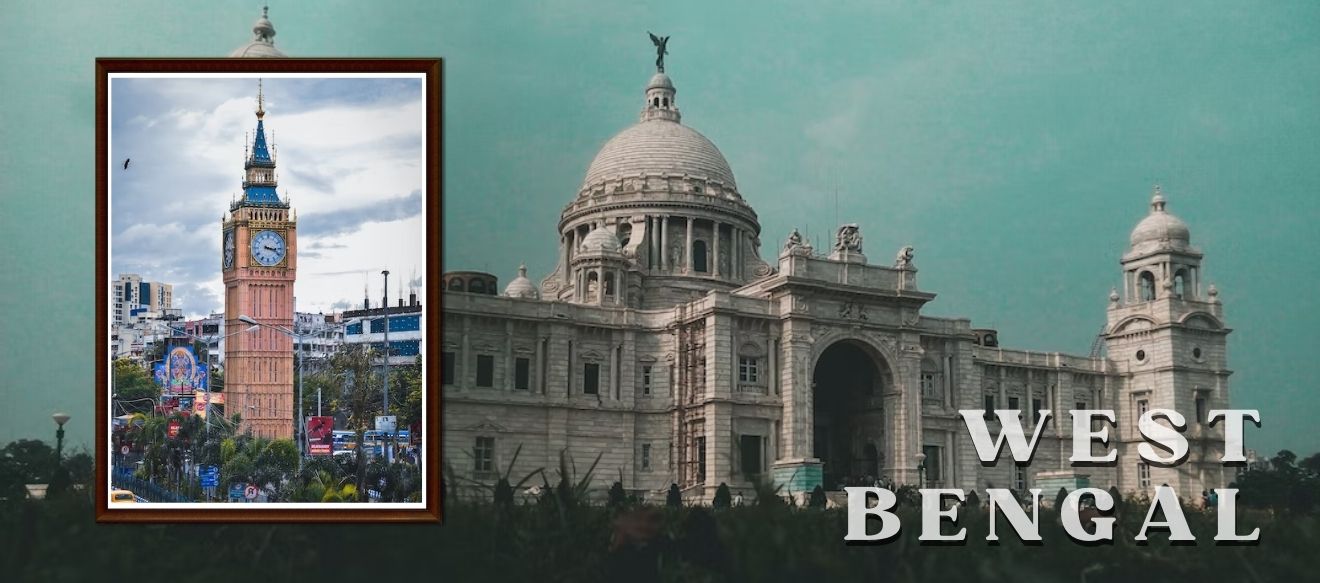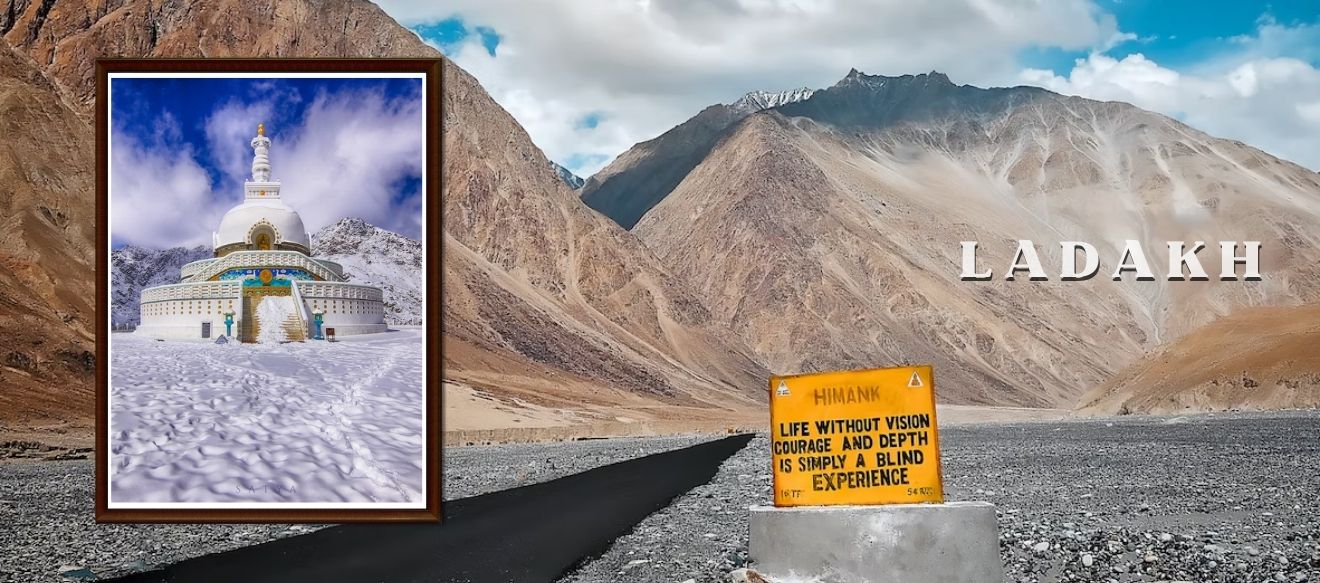Introduction
Dadra and Nagar Haveli are situated in western par India. It's a district of Daman and Diu. It is popular for different and unique forms of crafts like mat weaving, basketry, and leather crafts.
History
Dadra and Nagar Haveli became union territories on 11th August 1961. Later, the territory was integrated with one other union territory, named Daman and Diu, and formulated into a single union territory in 2020.
Fairs and festivals
The fairs and festivals of Dadra and Nagar Haveli are some of the major attractions. The fairs and festivals reflect the cultural heritage. The people of Dadra and Nagar Haveli celebrate Raksha Bandhan, Akha Teej, Barash, and Divas.
Geography
Dadra and Nagar Haveli cover 491km² of area. A total of 43% area is covered by forest. It is covered by Maharashtra (south and southeast direction) and Gujarat (north, west, and east direction). The nearby airports of Dadra and Nagar Haveli in Surat and Mumbai.
Demographics
The total population of Dadra and Nagar Haveli is 3,43,709. The female population is 149,949 and the Male population is 193,760 as per the 2011 census. Hinduism is the dominant religion in the territory, almost 95% of the population are Hindus.
Culture
There are varied tribal populations. Each tribe has its traditions, rituals, and customs, and that's why the culture of Dadra and Nagar Haveli is unique in itself. The people of the territory are incredibly experts in traditional art and craftworks. In this unique culture, they have also unique attire like men's attire is loin-cloth and waist-long coat along with a turban, and women's attire is Lugden along with ornaments.
Language
Hindi and Gujarati are the official languages of the territory, while the most spoken languages are Bhilli or Bildoli.
Education
The Dadra and Nagar Haveli had a 77.65% literacy rate, of which 64.32% was a female literacy rate and 85.17% was a male literacy rate as per the 2011 census. There are only three colleges.
Tourism
The territory is the beauty of nature and the home of distinct species of flora and fauna. The place is peaceful and delicate. It is the best place for vacations. Besides this, Portuguese architecture is a major attraction for tourists as well as locals. The popular Portuguese architectures are the Church of Our Lady of Piety, Swaminarayan Temple, and Bindrabin Temple. There are numerous places to explore like temples, churches, dams, gardens, lakes, zoos, and museums.
Dances and music
The dances and music play a significant role in their life. The different tribes have different forms of dance and music. The distinct popular dances in Dadra and Nagar Haveli are the dhol dance, Tarpa dance, Gherria dance, tur dance, thali dance, and Bohada dance.
Cuisine
The cuisine of Dadra and Nagar Haveli serves mouth-watering dishes. It is majorly influenced by Gujarati cuisine. They served several different Rotis of Raagi, rice, or Jowar. It is famous for its sweet pickles and chutney. The people of the territory are fond of seafood. The popular dishes are Fresh Catch, Khaman Dhokla, and Ubadiyu.
All District of Dadra and Nagar Haveli
Other State

